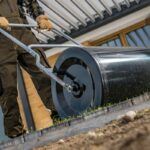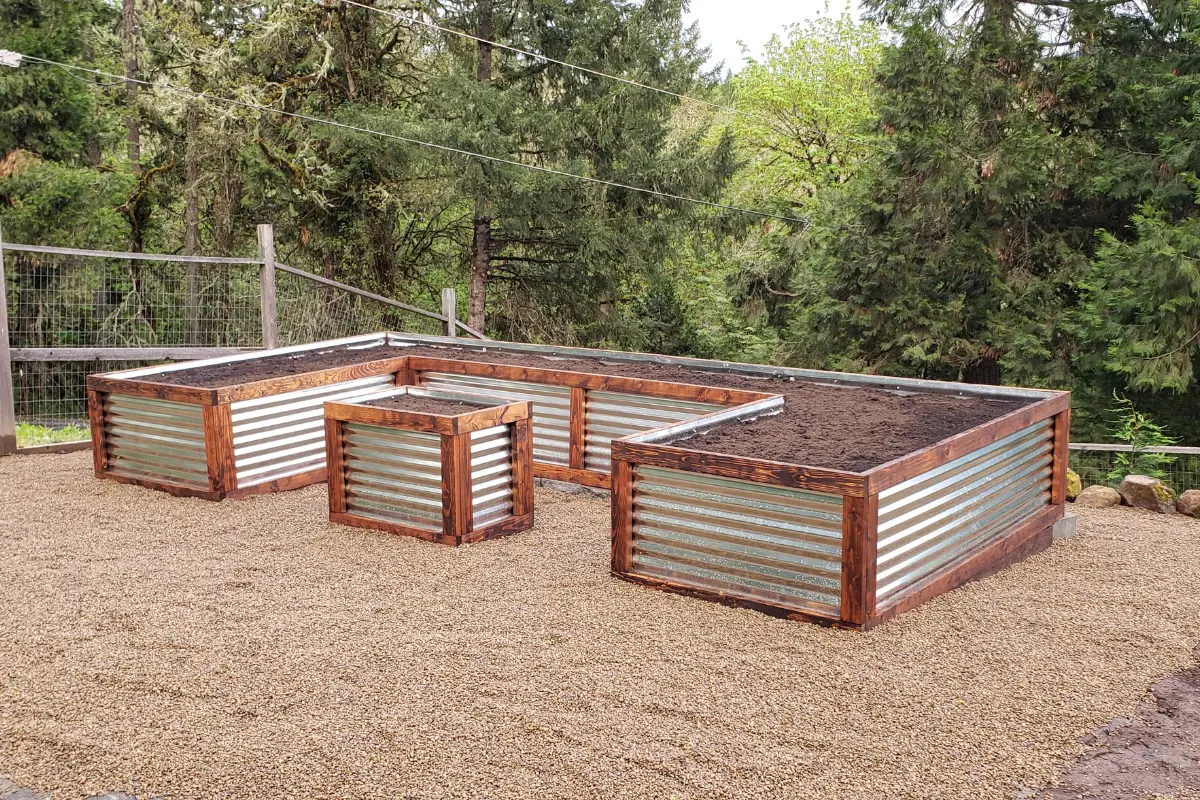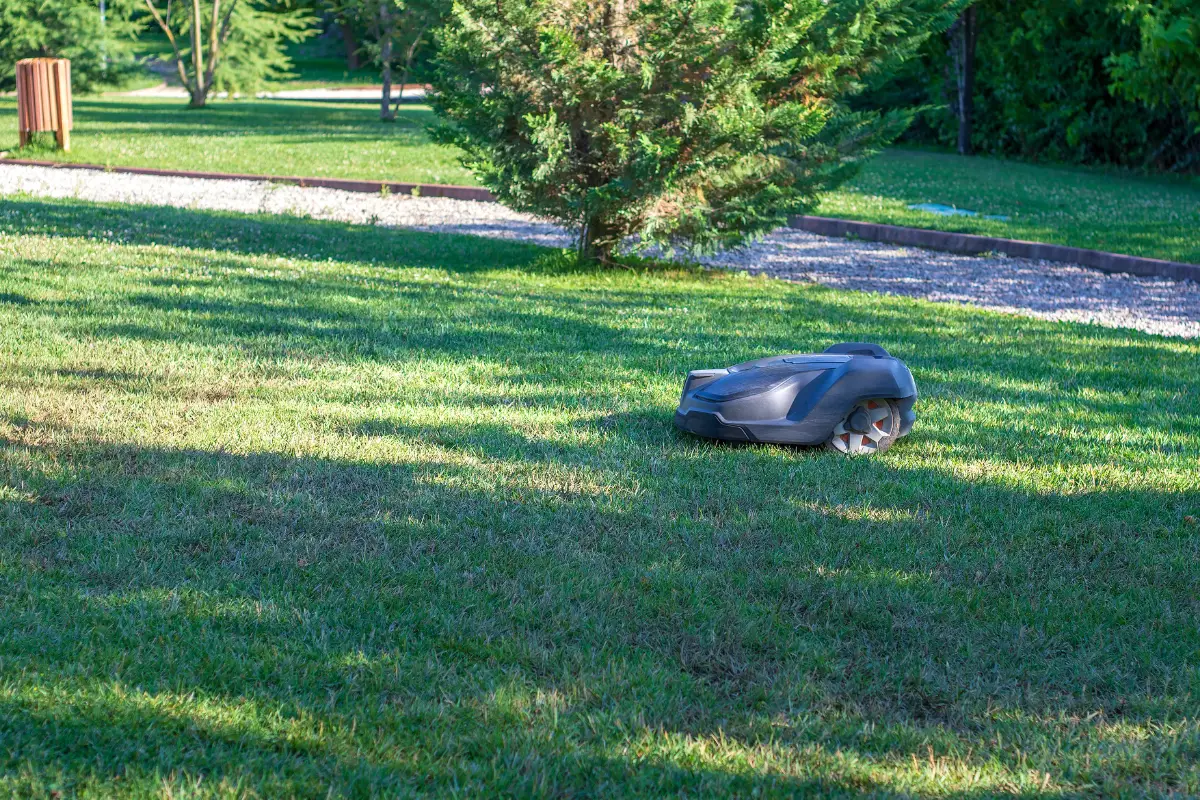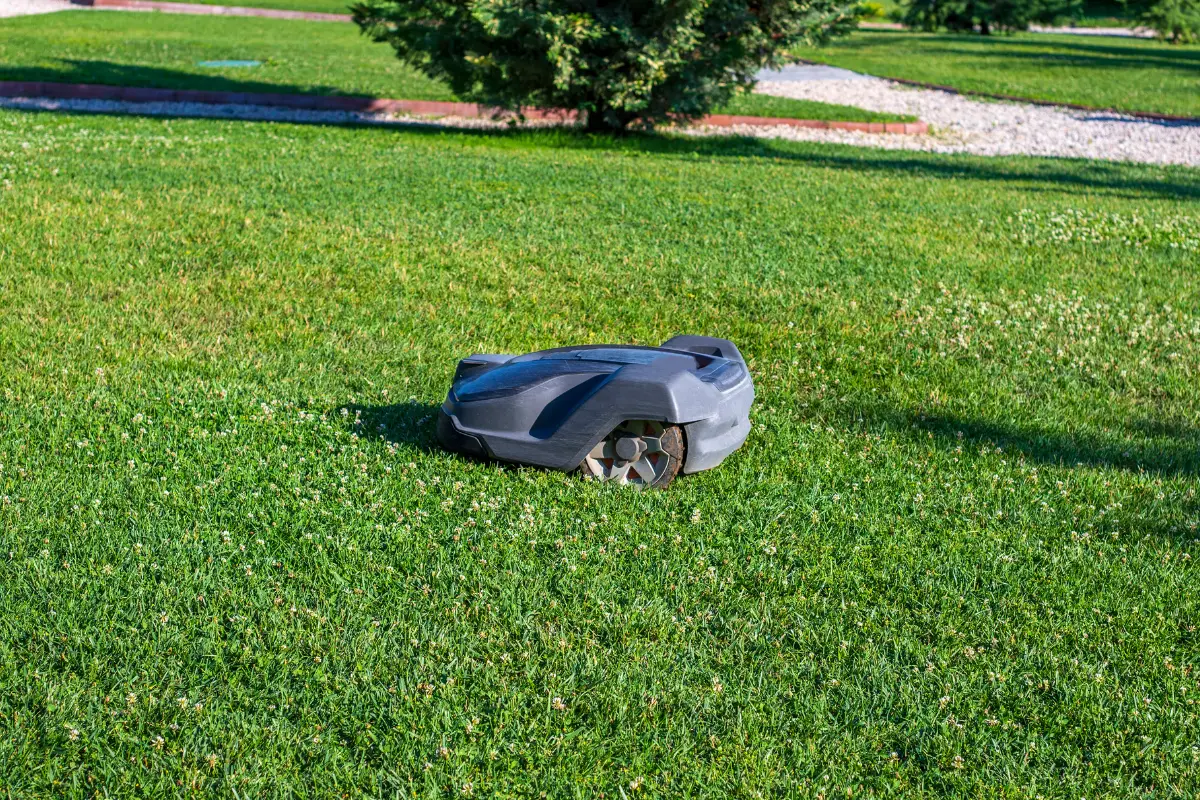Lawn rollers are a vital tool for lawn maintenance, helping to flatten and even out uneven ground. However, purchasing a pre-made lawn roller can be costly and may not be customizable to fit specific lawn needs.
A great alternative is a homemade lawn roller, which can save money and be tailored to meet the unique demands of your lawn.
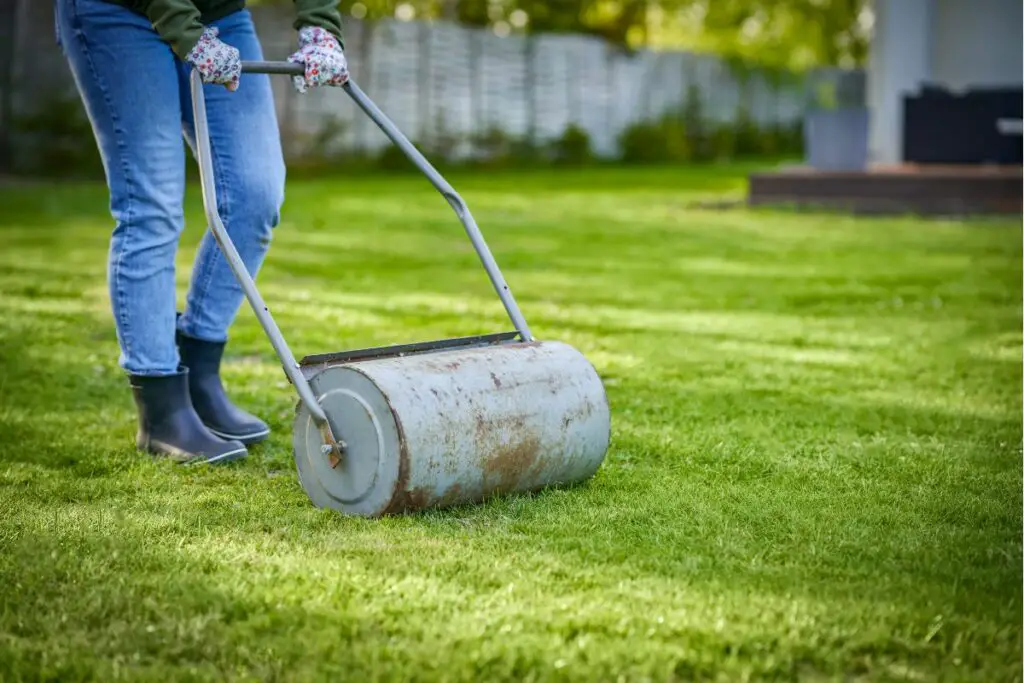
Table of Contents
DIY Homemade Lawn Roller
A lawn roller is a useful tool for maintaining a flat and even lawn. However, purchasing a pre-made lawn roller can be expensive.
A great alternative is a DIY lawn roller, which can save money and be customized to meet the unique needs of your lawn.
Making your own lawn roller is a cost-effective and satisfying DIY project that can result in a functional tool for maintaining your lawn. Here’s everything you need to make your own homemade lawn roller.
Benefits of Homemade Lawn Roller
Why should you make your own lawn roller? Here are the benefits we found for making your own:
- Cost savings: The cost of a pre-made lawn roller can add up quickly, but making your own is much more affordable.
- Customization: By making your own lawn roller, you can adjust the size and weight to meet the specific needs of your lawn.
- Increased durability: Homemade lawn rollers are often made with sturdy materials that can withstand heavy use.
Materials Needed
What materials are you gonna need to make your lawn roller? We put together the materials you will need at the lowest cost:
- PVC pipe
- End caps
- Sand or water
Step-by-Step Guide
How to make your own? Follow our simple step by step guide to assemble your own homemade lawn roller:
- Cut the PVC pipe to the desired length.
- Attach end caps to the ends of the PVC pipe.
- Fill the PVC pipe with sand or water to add weight.
- Secure the end caps to prevent the sand or water from spilling out.
- Use the homemade lawn roller to even out your lawn.
Safety precautions
What to be cautious about? There are a few things to think about when building your own lawn roller:
- Always wear gloves and eye protection when handling PVC pipe and cutting materials.
- Do not over-fill the PVC pipe with sand or water, as this can make it difficult to maneuver.
- Store the lawn roller in a secure place when not in use to prevent injury.
Maintenance and Storage
When thinking about where to store your lawn roller you also need to take into consideration the maintenance of your lawn roller:
- To maintain your homemade lawn roller, periodically check for leaks and tighten end caps as needed.
- When storing, empty the PVC pipe of sand or water and place it in a dry, secure location.
How to Store a Homemade Lawn Roller for Winter?
Winter can be tough on outdoor tools and equipment, so it’s important to properly store your homemade lawn roller to ensure it’s in good condition for the spring.
Here are some steps to follow for winter storage:
- Empty the roller: Before storing, empty the roller of any sand or water. This will prevent any damage from occurring due to freezing.
- Clean the roller: Wipe down the roller with a cloth to remove any dirt, grass clippings, or other debris.
- Protect from moisture: Store the roller in a dry and protected area, away from any moisture. Moisture can cause rust or corrosion, which can damage the PVC pipe and end caps.
- Cover the roller: Cover the roller with a tarp or protective cover to keep it safe from the elements.
- Store in a secure location: Place the roller in a secure location, such as a shed or garage, to prevent it from being knocked over or damaged by other outdoor equipment.
By following these simple steps, you can ensure that your homemade lawn roller is protected and ready for use in the spring.
Regular maintenance and proper storage will help extend the lifespan of your lawn roller and keep your lawn looking great for years to come.
Which Roller Is Best For My Yard?
The best roller for your yard depends on several factors:
- Size of your yard
- Type of soil
- Type of grass
- Budget
- Frequency of use
A drum roller is best for large lawns with clay soil and a lawn aerator is best for soil with a lot of thatch.
Prices pulled from the Amazon Product Advertising API on:
Product prices and availability are accurate as of the date/time indicated and are subject to change. Any price and availability information displayed on [relevant Amazon Site(s), as applicable] at the time of purchase will apply to the purchase of this product.
A manual push roller is good for small yards or infrequent use. Consider hiring a professional to assess your lawn’s specific needs.
Looking to find out more? Check out The Best Time to Roll Your Yard
Conclusion
In conclusion, a homemade lawn roller is a cost-effective alternative to a pre-made lawn roller.
With the ability to customize the size and weight to fit the specific needs of your lawn, this DIY project is both functional and satisfying.
Keep safety in mind and remember to properly maintain and store your homemade lawn roller for long-lasting results.
- How to Build a Planter Box for Bamboo: A Step-by-Step Guide

- Can Robotic Lawnmowers Handle Steep Slopes?

- Do You Need a Specific Lawn for a Robotic Lawnmower? Expert Advice

- Are Robotic Lawnmowers Safe for Pets and Children? Safety Features of Robotic Lawnmowers

- Why Use Robotic Lawnmowers? Advantages of Using a Robotic Lawnmower

- Is the GARDENA SILENO City 300 Cordless or Corded? A Clear Answer











